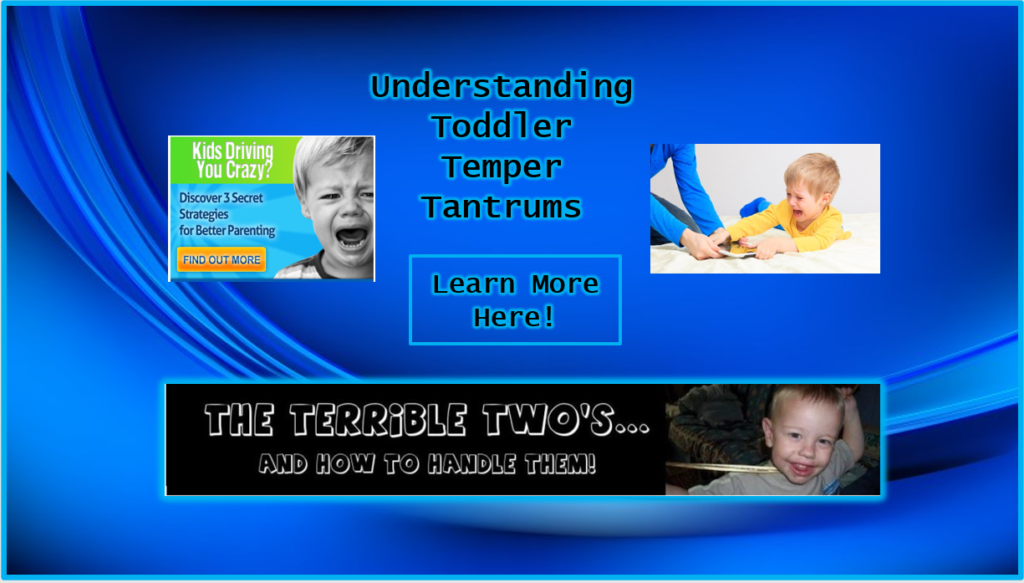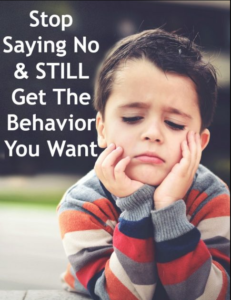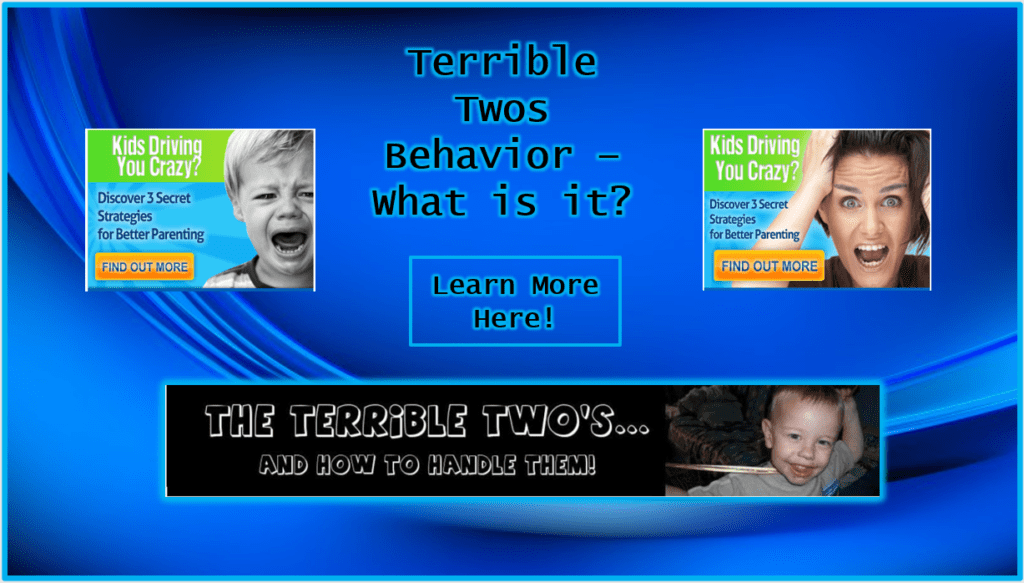Leading by Example: The Role of Parental Modeling
Being a parent is simultaneously one of the most difficult and gratifying adventures a person can go on in their lifetime. Due to the nature of this job, we are frequently left looking for direction and motivation; nonetheless, there are instances when just a few words of advice may make a world of difference. In this piece, we’ll review a selection of quotations that might be helpful to you as a parent when it comes to bringing up your child. These quotations provide wisdom, inspiration, and reminders of the significant influence that parents have on the lives of their children. These quotations can give helpful perspectives on the wonderful, challenging, and ever-evolving role of parenting, irrespective of whether you are a new parent or have years of experience under your belt.

- “The way we talk to our children becomes their inner voice.” – Peggy O’Mara
A quote from Peggy O’Mara brings to light the significance of the words said by parents. Our words and tone can mould a child’s sense of self-esteem and self-worth, as well as their internal monologue. While harsh or negative words can leave permanent wounds, communicating in a way that is positive and encouraging with your child can help develop a solid basis for their sense of self-confidence. Keep in mind that the things you say to your child today might have an effect on how they view themselves for many years to come.
- “Children have never been very good at listening to their elders, but they have never failed to imitate them.” – James Baldwin
Children are like sponges in that they take on everything from the people in their lives, both what they see and what they hear. This quotation by James Baldwin emphasizes the need to serve as a positive example for one’s child. They will mimic your actions, whether they are positive or negative, which is why it is crucial to lead by example. It is imperative that you act in a way that exemplifies the characteristics of compassion, patience, and respect if you want these traits to be ingrained in your child from an early age.
- “Your children need your presence more than your presents.” – Jesse Jackson
It is quite simple to become caught up in the practice of presenting material presents for one’s children in today’s consumerist world. However, the words of Jesse Jackson remind us that the most important thing we can give our children is our time and attention. One of the most valuable presents you can offer your child is the gift of quality time spent with you both. Being there in their lives, participating in activities together, and making memories that will last a lifetime can help to establish a close, caring relationship.
- “The best way to make children good is to make them happy.” – Oscar Wilde
The quote attributed to Oscar Wilde emphasizes the need to foster pleasure in children. Positive behaviors and attitudes are more likely to be displayed by happy youngsters. Create an atmosphere where your child may feel joy and satisfaction rather than concentrating primarily on imposing rules and regulations on him or her. When a child is content, they have a greater capacity for intellectual growth and personal development.
- “A person’s a person, no matter how small.” – Dr. Seuss
Every child is a one-of-a-kind and irreplaceable person, as Dr. Seuss, who is famous for writing books that are both whimsical and intelligent, reminds us. No matter how old they are, children have the right to be treated with respect and decency and to have the chance to express themselves. This remark advises parents to acknowledge their children’s views and feelings and treat their children as equals in the home.
- “Children are not things to be molded but are people to be unfolded.” – Jess Lair
The assumption that a parent should mould their child’s personality in accordance with their own is challenged by a statement made by Jess Lair, who, instead, emphasizes the need to encourage their children’s individual development. Children are unique in their personalities, abilities, and interests. It is the responsibility of parents to assist their children in recognizing and developing their individual capabilities by providing the appropriate direction and support.
- “Children learn more from what you are than what you teach.” – W. E. B. Du Bois
This quotation by W. E. B. Du Bois highlights the importance of the morals and ethics that are instilled in a child by his or her parents in the formative years. Your behaviors, attitudes, and beliefs have a significant influence on the beliefs and values that your child develops over time. If you wish to teach your child specific values, you must first model those values for them in your own life.
- “It is easier to build strong children than to repair broken men.” – Frederick Douglass
This phrase, which was penned by Frederick Douglass, an escaped slave who became a notable abolitionist and writer, will surely provoke some contemplation. It places a strong emphasis on the significance of early childhood development and the care of young children. When you take the time and make the effort to invest in your child during their formative years, you may help them avoid many of the issues and troubles that they may face later in life. The groundwork that you provide for them while they are young can have a lasting impact on their lives.
- “The greatest gifts you can give your children are the roots of responsibility and the wings of independence.” – Denis Waitley
The dual role that parents play in teaching both responsibility and freedom in their children is nicely illustrated by the following comment from Denis Waitley. You give your children the ability to handle the obstacles that life throws at them and make intelligent choices when you teach them to be responsible and independent. These characteristics are necessary for their continued development as individuals and for their success.
- “Children must be taught how to think, not what to think.” – Margaret Mead
The value of critical thinking and independent thought is brought to light by a quote attributed to Margaret Mead. Your responsibility as a parent is not to impose your values and viewpoints on your child; rather, it is to help them in the process of forming their own unique points of view. For children to mature into self-assured and knowledgeable persons, you should encourage them to engage in activities such as questioning, exploring, and coming to their own conclusions.
- “Your children are not your children. They are the sons and daughters of Life’s longing for itself.” – Kahlil Gibran
The deep words of Kahlil Gibran serve to remind us that children are not objects that need to be managed but rather individuals who are in charge of their own futures. We have the honor of being able to nurture and direct them, but we are also obligated to respect their independence and the individual ways they choose to navigate life. It is not our place to force our aspirations upon other people; rather, it is our responsibility to assist others in becoming the greatest versions of themselves.
- “Every child begins the world anew, bringing hope for the future.” – Deepak Chopra
This Deepak Chopra quote honors the potential and the promise that are brought into the world by each and every child. It is our duty as parents to encourage our children’s ambitions, dreams, and aspirations because they hold the potential to improve the world in the future and it is our job to help them realize those dreams. You can empower your child to have a positive influence on the world by encouraging them and believing in their potential.
- “Don’t worry that children never listen to you; worry that they are always watching you.” – Robert Fulghum
This adage by Robert Fulghum serves as a timely reminder that our deeds more often than not have a greater influence on others than our words. Children see how adults behave towards one another, how they respond to challenges, and how they go about their daily lives. They pick up invaluable lessons just by seeing how we act, which is why it is essential to exemplify the characteristics and principles that you hope to teach in them.
- “To be in your children’s memories tomorrow, you have to be in their lives today.” – Barbara Johnson
The phrase attributed to Barbara Johnson emphasizes the significance of being involved in your child’s life on a regular basis. Engaging in constant conversation, showing consistent support, and being there are all necessary components of constructing a healthy and long-lasting relationship with your children. Simply by being present in the moment with your child, you are assuring that you will always have a special place in both their memories and their emotions.
- “The love in our family flows strong and deep, leaving us memories to treasure and keep.” – Unknown
This cryptic comment from an unknown author captures the essence of love and family. A child has the best chance of flourishing when they are raised in a secure and caring setting that is provided by the relationships that are formed within a loving family. Children can better traverse the obstacles of life when they are surrounded by loving family members who build enduring memories and provide emotional support.
Being a parent is a journey that lasts a lifetime and is fraught with ups and downs, as well as many chances for personal development and professional advancement. These quotations provide insightful advice and direction to help you effectively handle your journey’s challenges and opportunities. Remember that there is more to parenting a child than simply meeting their material need; it also involves fostering their emotional, intellectual, and moral growth. As you mull over these sayings, give some thought to how you may adapt them to your own parenting philosophy and the specific requirements of raising your child. You may better prepare yourself to raise a child who is confident, empathetic, and resilient and who will go on to make a great effect on the world if you take these words of wisdom to heart and put them into practice.
The post Quotes That Can Help You In Raising Your Child appeared first on Totally Babies.
The post Quotes That Can Help You In Raising Your Child appeared first on https://gqcentral.co.uk
The Article Quotes That Can Help You In Raising Your Child First Appeared ON
: https://ad4sc.com








 offense (such as your kid wailing every time you read your email), they’ll ultimately cease since they’ll notice that it doesn’t get you riled up.
offense (such as your kid wailing every time you read your email), they’ll ultimately cease since they’ll notice that it doesn’t get you riled up.





